When New York City Mayor Michael Bloomberg recently contributed $500,000 to support a California ballot initiative to raise that state's cigarette tax to fund cancer research, West Coasters learned what we have seen throughout his tenure leading the nation's largest city -- his commitment to fighting Big Tobacco.
Perhaps surprisingly, California has one of the lowest state cigarette tax rates, just $.87 cents a pack and Proposition 29 will increase that tax by $1.00. If passed, the total tax on cigarettes will be $1.87. Not surprisingly, Big Tobacco has put up $40 million to fight this sensible and effective approach to bring down smoking rates. The new revenues would both increase funding for cancer research and dissuade many young Californians from taking up what we know is a deadly habit in the first place.
Higher prices are part of a multi-pronged strategy of tobacco control programs that in New York has seen smoking rates plummet by more than a third in the last 10 years, with even greater declines among teenagers. A recent survey conducted by the Substance Abuse and Mental Health Services Agency found that "higher prices can make cigarette use cost prohibitive for young people." A Centers for Disease Control report found that a 10 percent increase in the price of cigarettes was linked to a 4 percent decrease in smoking among adults, with greater impacts on youth smoking rates.
In New York City, a pack of cigarettes costs $11.90. This includes the highest State cigarette tax of $4.35 a pack, and New York City's $1.50. The total tax on a pack of cigarettes is $5.85, the highest in the country. That brings in around $1.8 billion in tax receipts a year. We believe the state should be investing far more than it does from that revenue to its tobacco control programs.
But New York does much more than just tax cigarettes in its campaign to bring down smoking rates. We have aggressive tobacco control campaigns that incorporate price increases, hard-hitting educational media, sensible public policy, and cessation services for those who need help quitting. We have launched a recent media campaign on mass transit to illustrate where and how Big Tobacco targets youth to be new customers -- at the cash register.
In 2002, New York City led the nation in passing the Smoke-Free Air Act, prohibiting smoking in workplaces including offices, bars and restaurants, which was followed by bills restricting smoking in hospital entrances; and last year we made our parks, beaches and pedestrian plazas smoke-free. Other policies have limited flavorings that can be added to tobacco products sold in the city, a particularly insidious practice designed to lure new smokers.
While Big Tobacco and its supporters warned at every step that Bloomberg was creating a so-called "nanny state," those regulations became self-enforcing social norms so quickly that it is hard to remember that they were controversial when first proposed. When was the last time you heard someone complain about the lack of smoke-filled offices or restaurants?
New York City's aggressive campaign has resulted in smoking rates decreasing from a high of 22 percent in 2002 to a current low of 14 percent. The smoking rate among teenagers plummeted as well, with the proportion of city high school students who smoke dropping from 19 percent to 7 percent -- still too high, but far below the national youth numbers which showed a drop from 29 percent in 2001 to 20 percent in 2010. For New York City, that means there are 450,000 fewer smokers than there were 10 years ago.
As NYC City Health Commissioner Dr. Thomas Farley said as the mayor announced the declining smoking rates, "This progress didn't just happen. It is the result of deliberate steps taken by the mayor and the City Council since 2002." The decline in smoking rates happened because both the city and state understood that only a comprehensive approach including good public health policy, hard hitting media, expansion of cessation services, and price increases would bring down smoking rates.
Not only does this approach work, it has increased New Yorkers' life expectancy by more than a year and a half to 79.4 years.
Mayor Bloomberg's investment in countering Big Tobacco's attempts to block sensible cigarette tax policy in California is one more step in his leadership locally, nationally and globally. Bloomberg Philanthropies announced in March it was donating an additional $220 million to the global fight against tobacco use, especially in low- and middle-income countries where 80 percent of the world's smokers live.
Despite this great progress, smoking is an addiction that still kills more than 25,000 state residents a year, costs more than $8.1 billion annually in tobacco-related health costs and causes lost wages and productivity totaling $6.05 billion a year, according to a report issued last year.
This is a fight that we cannot afford to lose. That is why we were encouraged, if not surprised, that the mayor has stepped across the country to California to let Big Tobacco know we will fight them everywhere. It is literally a matter of life and death.